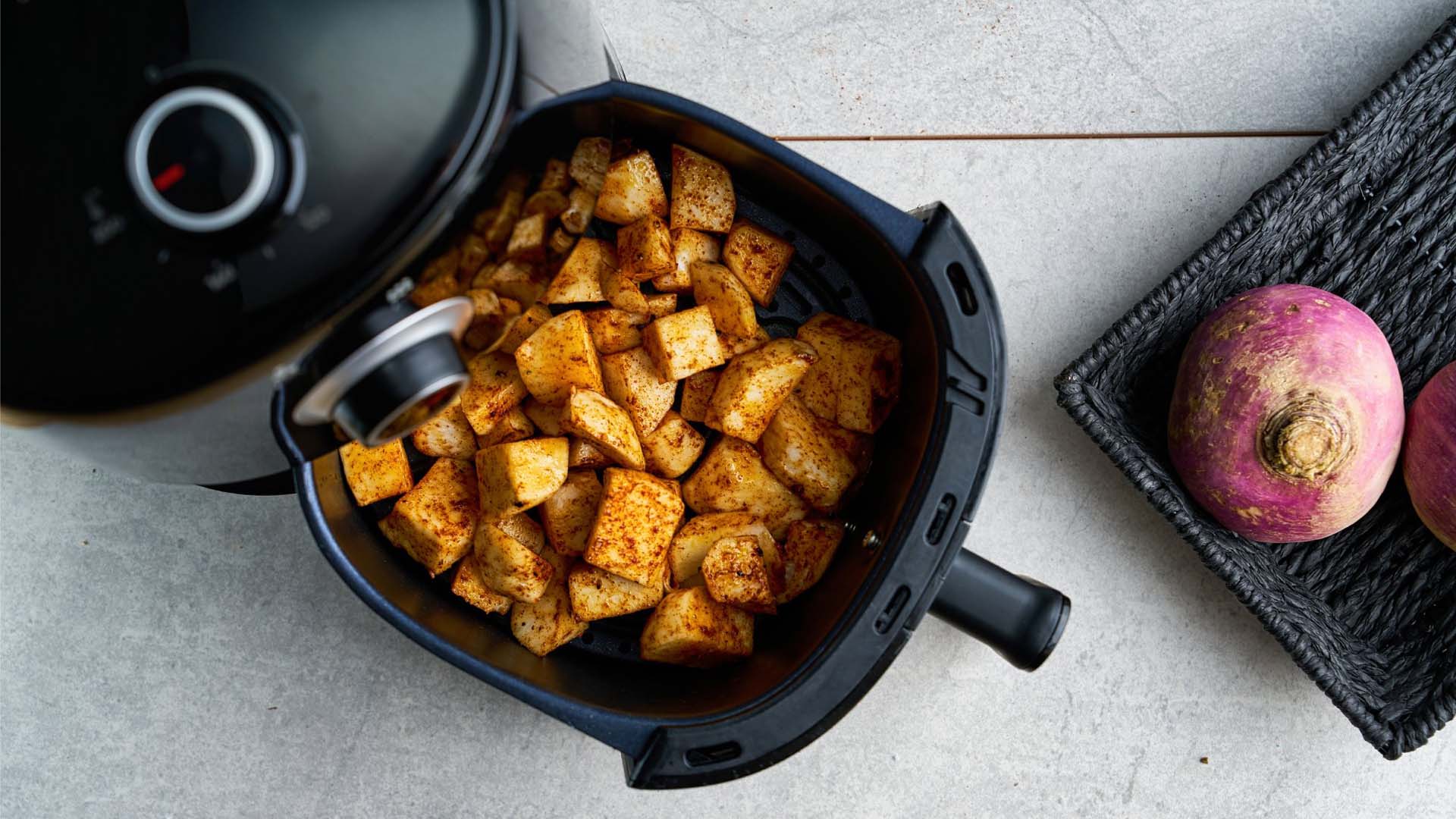Want fuchsias for free? Find the perfect moment to take cuttings
Discover when to take fuchsia cuttings from tender and hardy plants, as there are differences between the two, so you can keep growing your favourite varieties for free.
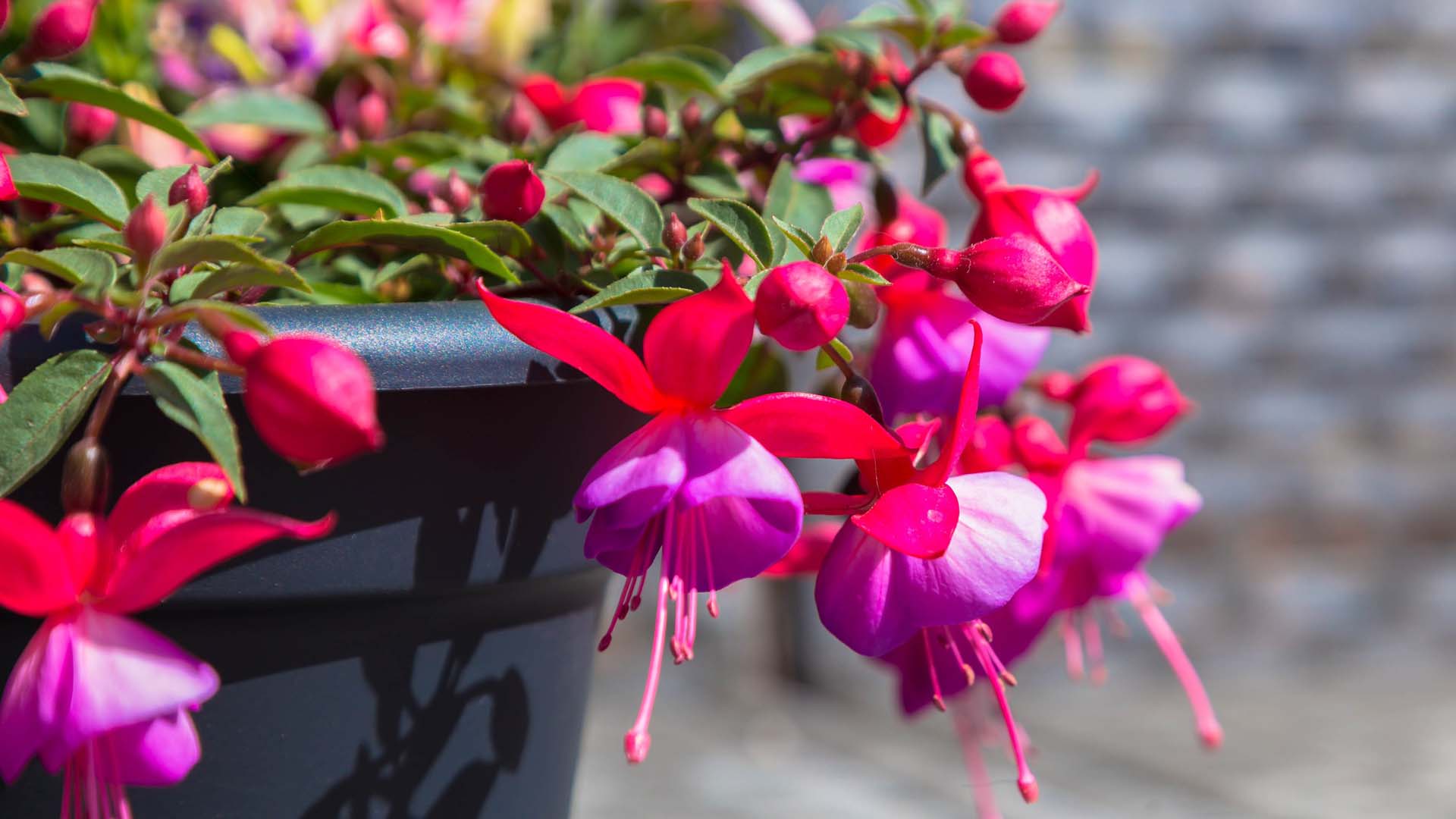
Discover when to take fuchsia cuttings from tender and hardy plants, as there are differences between the two, so you can keep growing your favourite varieties for free.

If you want flowers that offer bang for your buck, then fuchsias are a must have. These generous plants provide delicately ornate petalled pendants almost continuously from the warmest months right through to early frosty evenings.
Fuchsias can thrive in a raised bed garden, low-maintenance borders, window boxes and hanging baskets (depending on the variety).
No matter what your outside space looks like, you can recreate the same cultivar of your favourite fuchsia by propagating via cutting (rather than growing from seed, which might result in a different type). But getting the timing right is everything.
We explain the best times to take cuttings from your fuchsias – with tips on how to do so successfully.
The sun might set on summer in October, but there’s still time to take fuchsia cuttings for successful propagation.
“Hardwood cuttings from hardy fuchsia plants should be taken in late autumn, from around mid-October into November,” explains Fiona Northover from Karen McClure Garden Design.
Gardener Kevin Line, writing for the Hardy Plant Society, agrees, saying though hardy perennial fuchsias “will strike well from greenwood cuttings taken in the summer... from my own experiences, I have had a higher success rate taking cuttings in late autumn/early winter.”
Greenwood refers to cuttings taken when the base of the stem is firmer, as it’s had longer to mature. Hardwood cuttings are taken when the plant is dormant – often as winter approaches.
These dormant cuttings will form hard calluses in the soil over winter, and it’s this surface that roots will spring from when it’s in its growing phase.

Northover has shared some expert insight from the team at Karen McClure Garden Design, which will help ensure any cuttings taken will survive the winter:
If you’re keen to try taking your own cuttings, the Karen McClure team has some tips on favourite hardy fuchsias:
Fuchsia ‘Lady Boothby’ – a beautiful and versatile variety with great upright habit and a dramatic pink and aubergine colour.
Fuchsia Lady Boothby, RRP £17.99
And secondly, Fuchsia ‘Hawkshead’ – with slender, green-tipped white flowers.
Fuchsia Hawkshead, RRP £19.99
Unlike their hardy cousins, tender fuchsia cuttings are less reliant on the seasonal calendar.
“Tender fuchsias can be propagated any time of the year,” says Northover. “But they will root fastest in spring and summer.”
She adds that semi-ripe cuttings (when the base of the new growth has started to turn a bit woody) can also successfully be taken from midsummer to early autumn.
“You can propagate tender fuchsias in water as well as in growing medium successfully – just be sure not to let the leaves sit in the water!” Northover notes. “They can root in as little as 20 days.”

You should treat your freshly taken tender fuchsia cuttings as you would any tender perennial.
“Make sure you have a drainage hole in the pot – if the cutting is sitting in water, it will likely rot!” warns Northover. “If using multi-purpose compost for your cuttings, ensure you mix in some horticultural grit to aid drainage.
“Make sure you choose healthy stems when selecting and ensure your cut is made cleanly with a sterilised knife to avoid any cross contamination of disease.”
If you’d prefer to use a pair of secateurs instead of a knife, then do so, as long as they are sharp, so as not to damage the plant in the process.
Find out how to clean secateurs with our guide, to ensure you make the healthiest cut to your fuchsias. (And don’t forget to wear gardening gloves when handling sharp blades.)
If fuchsias have always fascinated you, then why not join a like-minded community of enthusiasts?
Members of The British Fuchsia Society can access advice on all aspects of fuchsia cultivation, as well as take part in its annual free cutting distribution scheme (among other benefits).
Rosanna Spence has been a journalist for 10 years, reporting on a huge array of topics – from microwaves to cocktails, sustainable buildings, the Caribbean islands and beyond. She’s interviewed chefs at the helm of Michelin-starred restaurants and chatted to countless CEOs about their businesses, as well as created travel guides for experienced travellers seeking life-changing adventures. Throughout her career, she has created content for Business Traveller, i-escape.com, Pub & Bar, BRITA, Dine Out and many more leading titles and brands.
View author page
Rekha Mistry shares her top vegetables to grow in your garden all year round.

We explain the science and have 7 of the best scented plants for your garden.
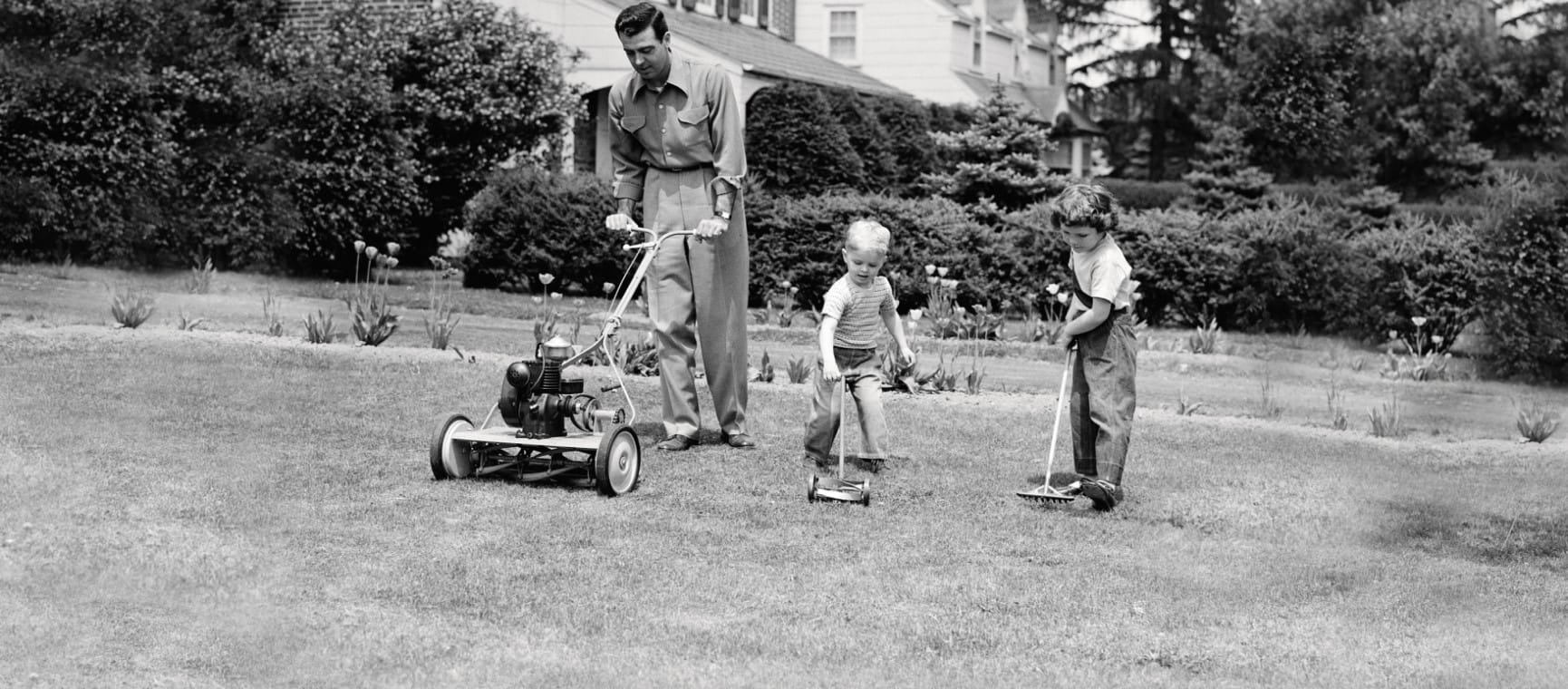
From robot mowers to electric pruning shears, spruce up your outside space with four of the best garden gadgets
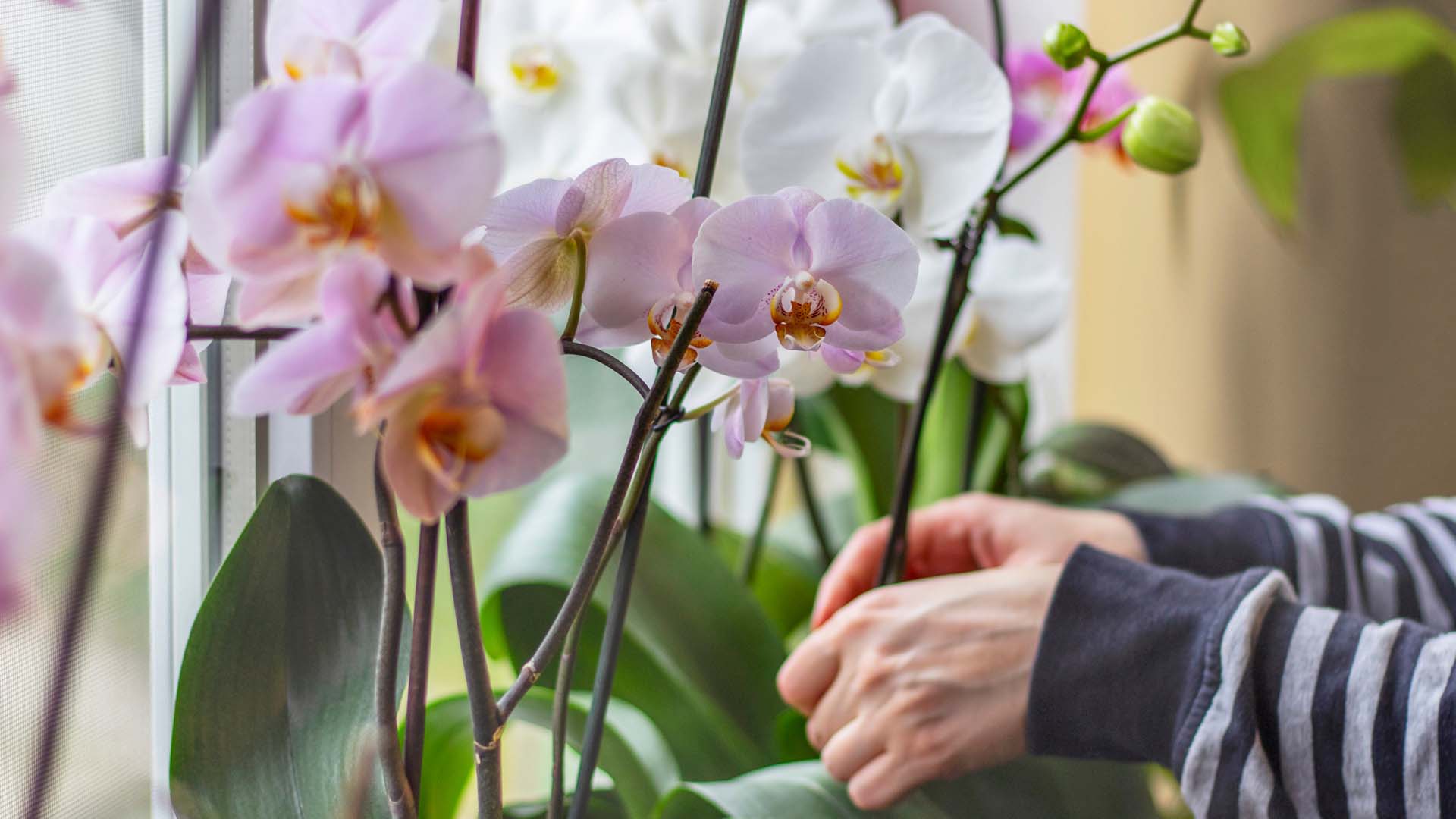
Our expert pruning and watering hacks include a top tip to keep them flowering from Alan Titchmarsh.
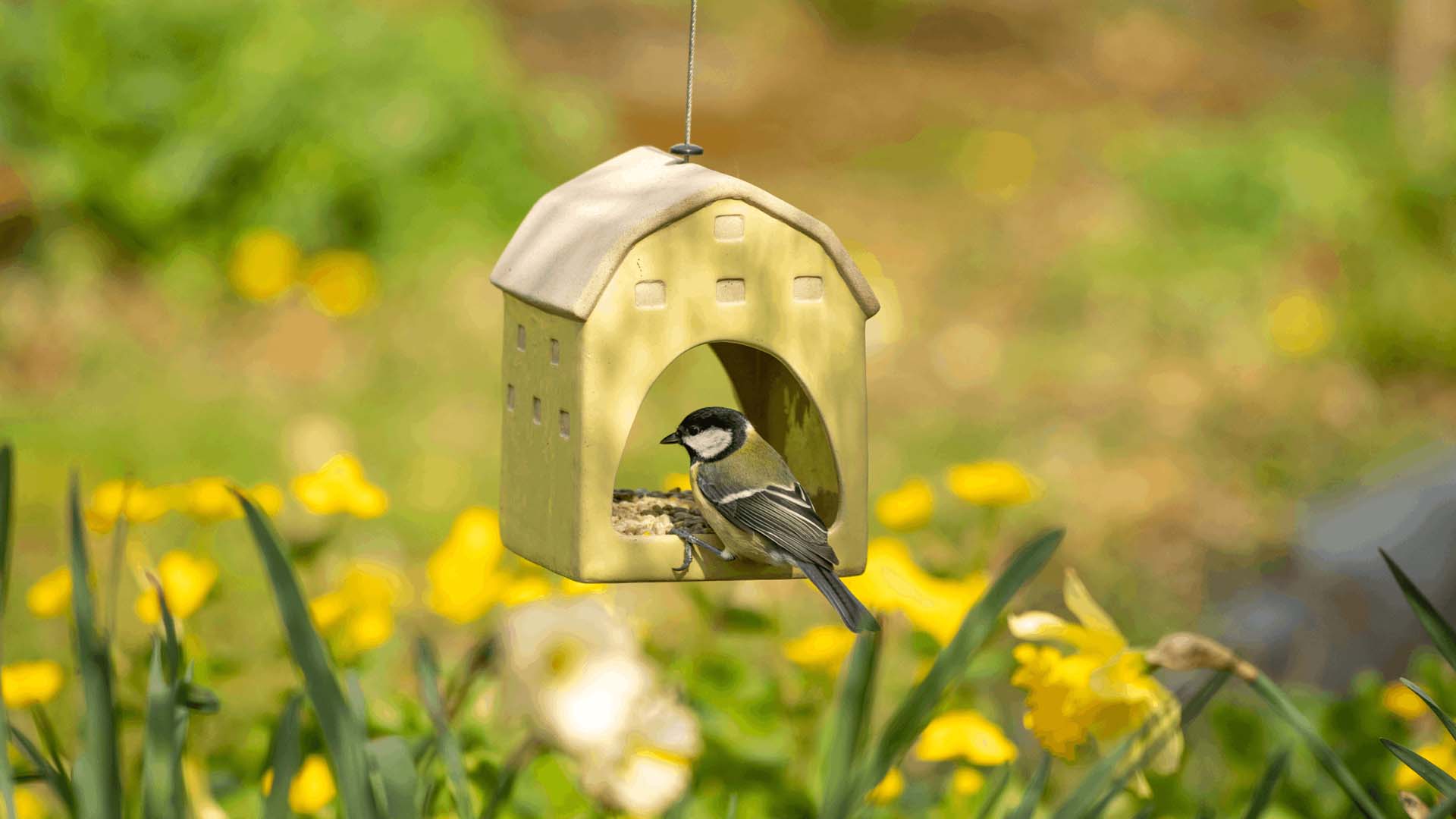
Don’t make these bird-feeding mistakes. Expert advice on how to feed birds in your garden safely.
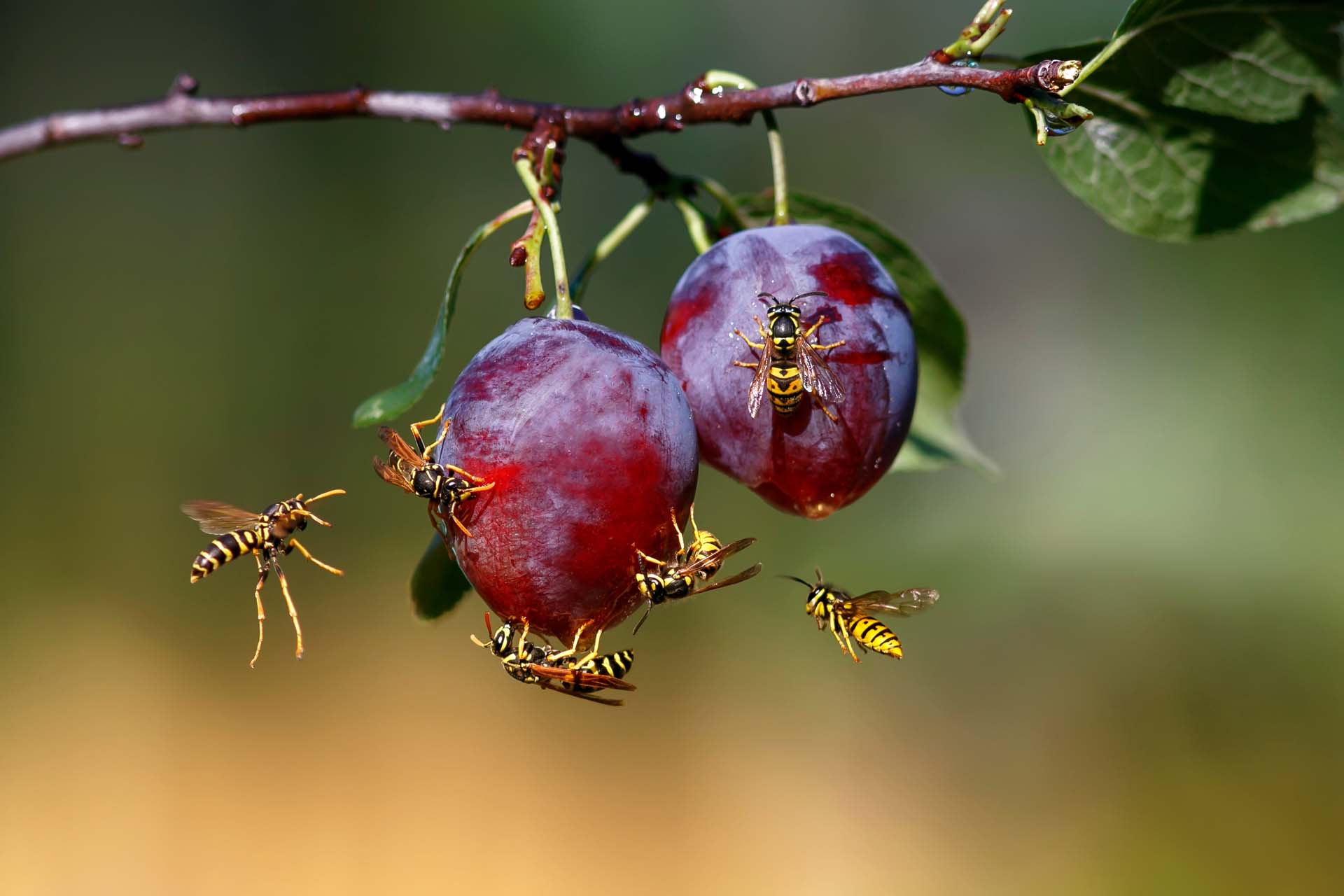
Blighted by buzzing? How to keep wasps out of your garden without harming them so you can enjoy the summer.
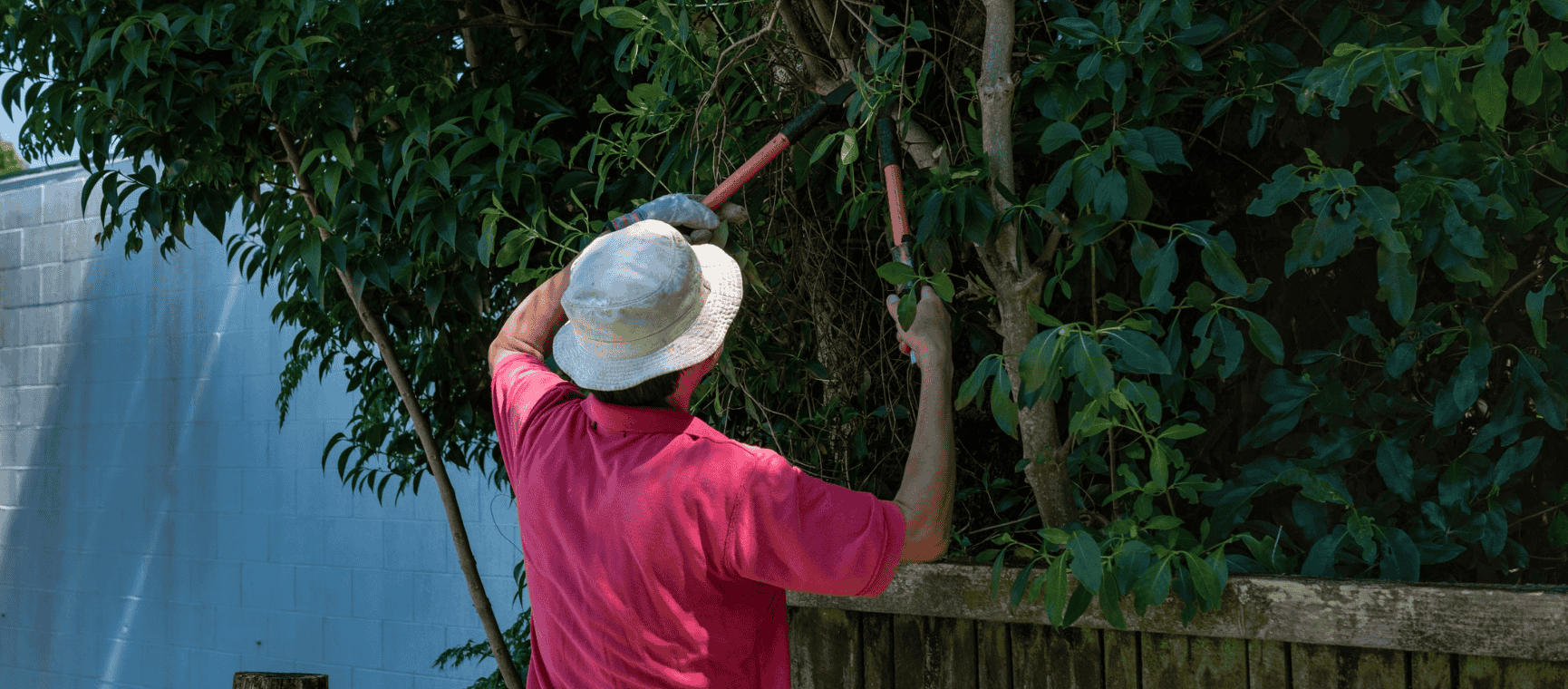
The ways you could be breaking the law in your back garden - with expert advice on how to avoid neighbour disputes, a fine or even a prosecution.
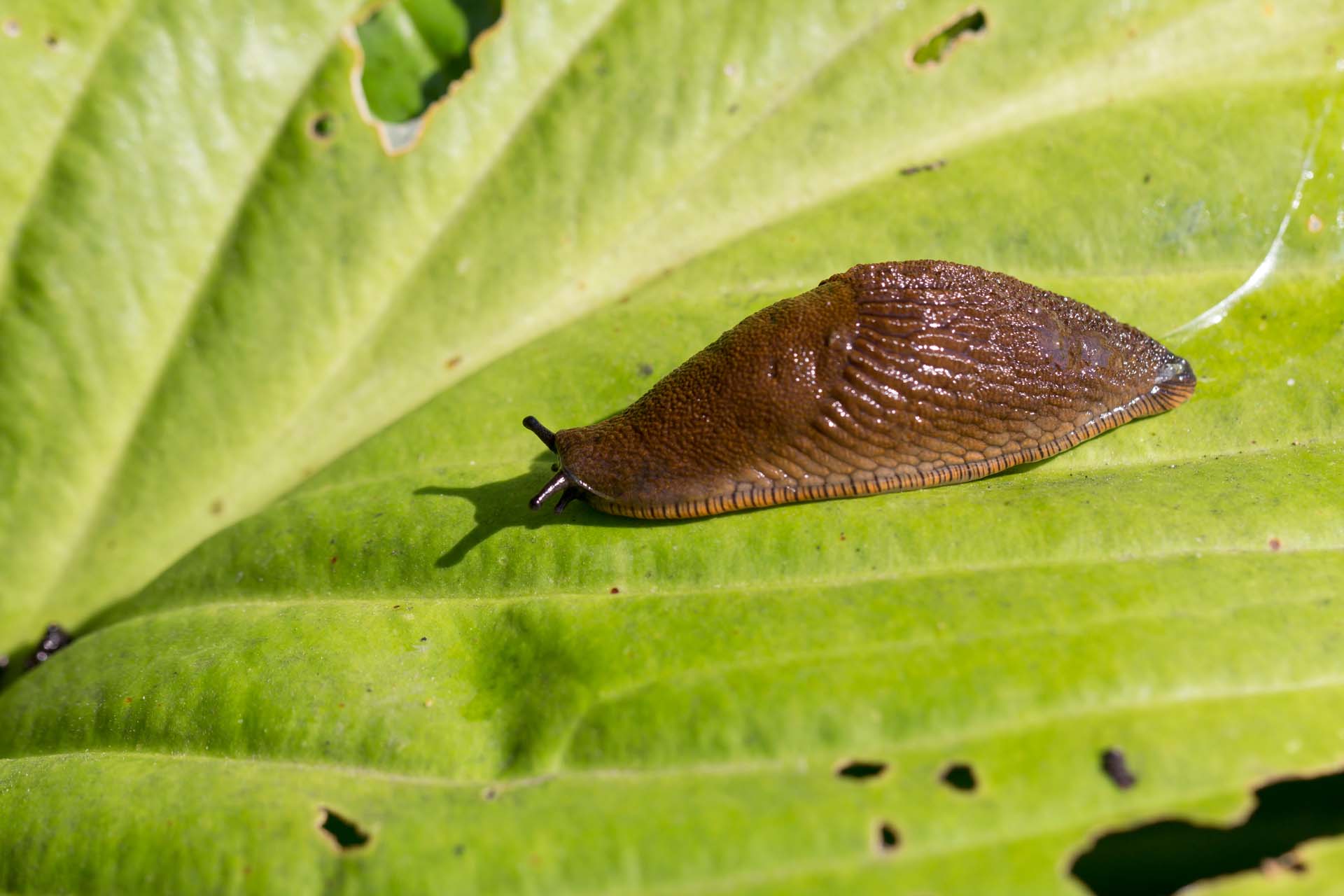
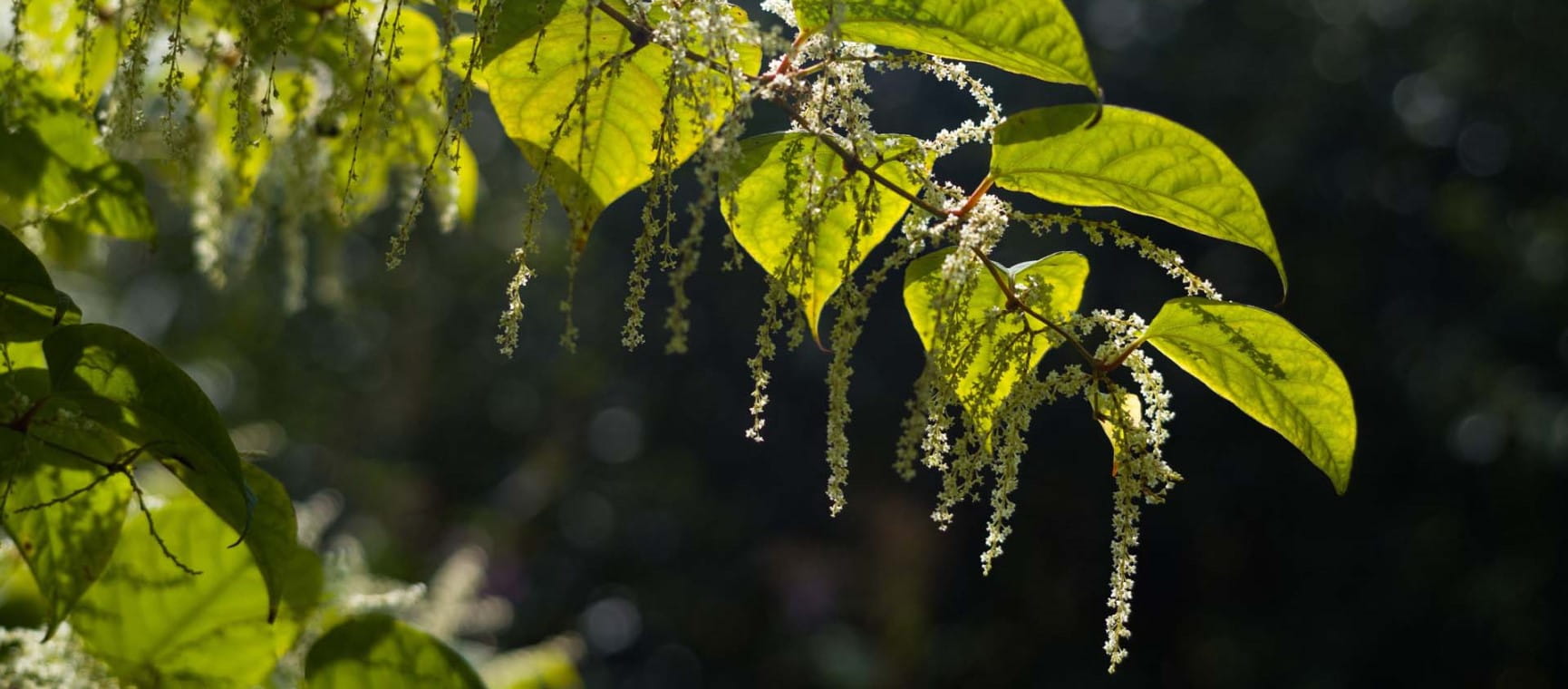
Everything you need to know about Japanese knotweed, the fast-growing plant nobody wants in their garden.

We reveal the 7 best tinned foods to supercharge your health while saving you time and money.

Just four teaspoons of olive oil a day can reduce heart disease risk in six weeks, according to research.

Our expert guide to the common foods you shouldn't mix with prescription drugs.

Experts reveal whether chilled supermarket soups are worth the extra cost and if some flavours are better for you than others.
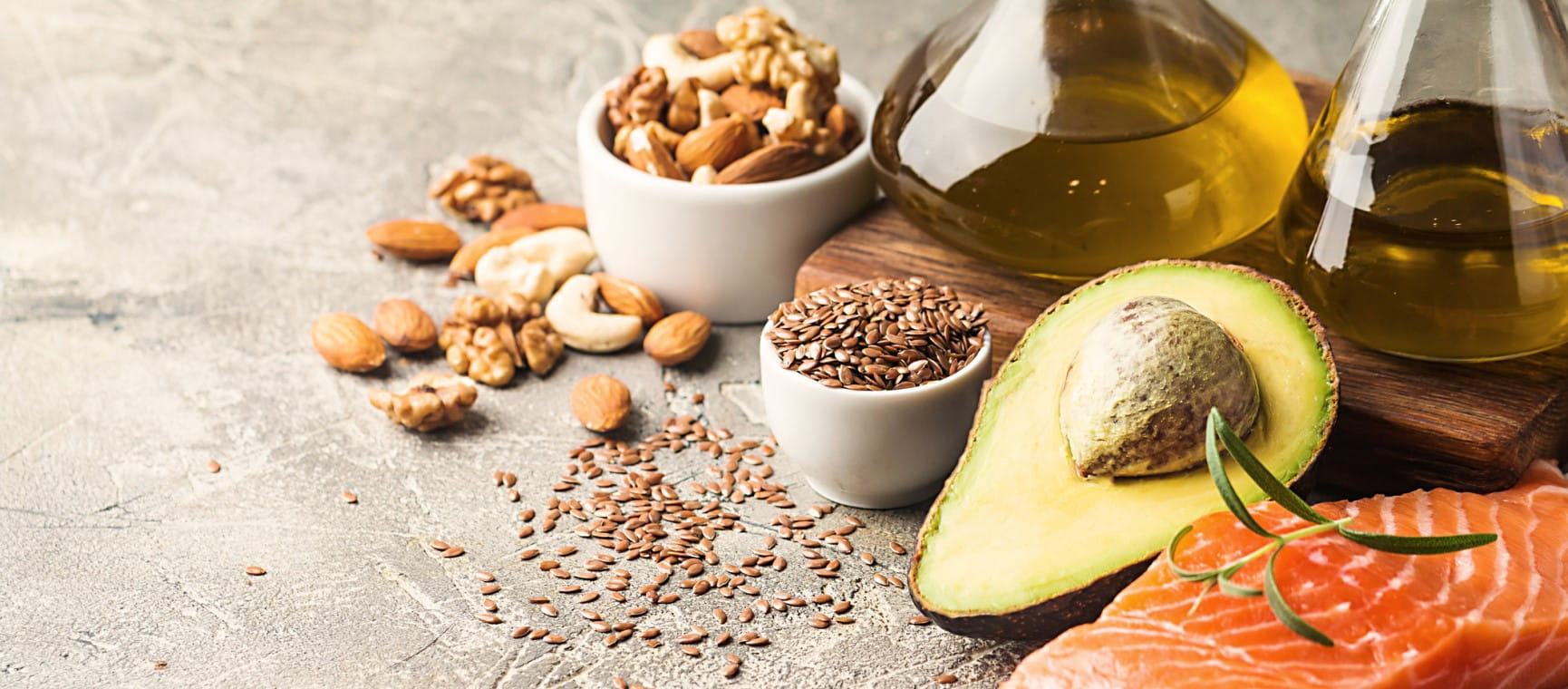
We’ve ranked some of the most popular fats we eat from best to worst.
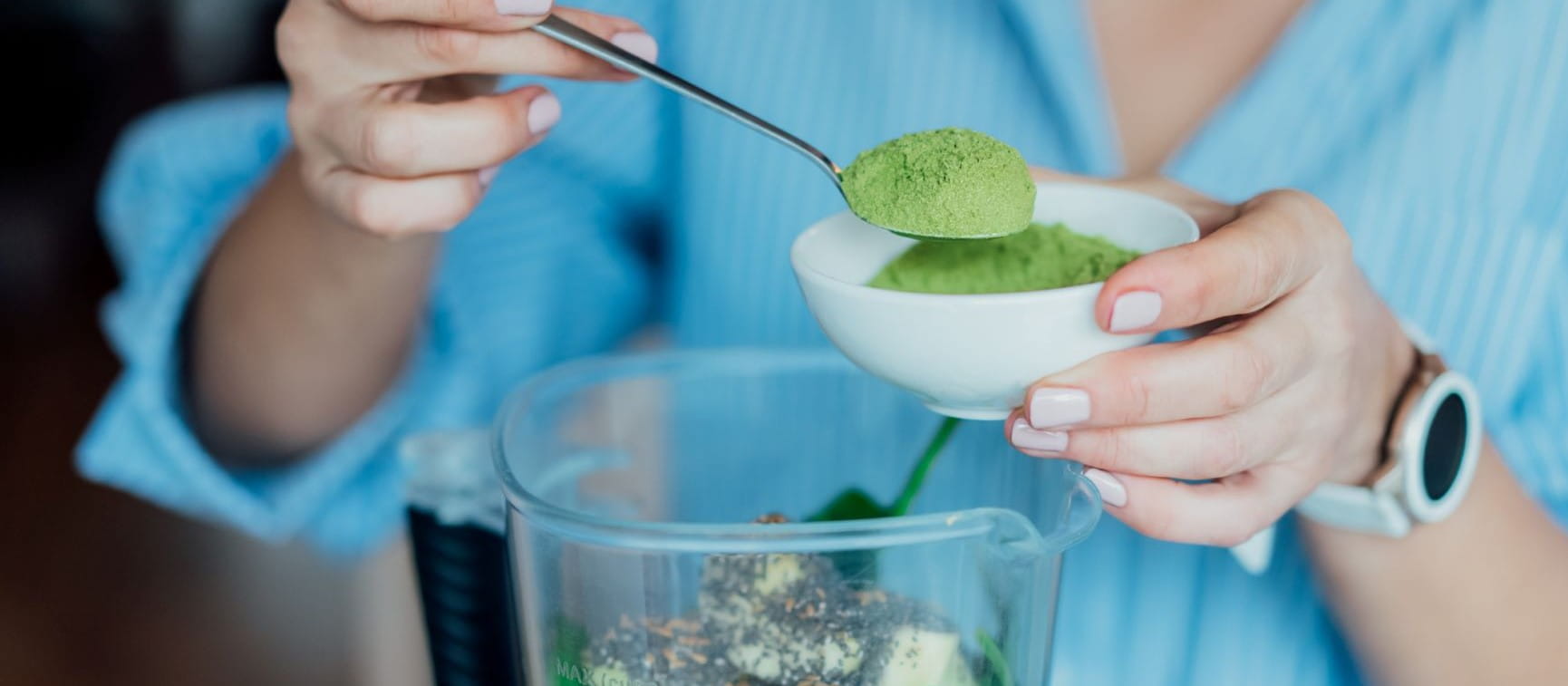
What are superfood powders and how useful are they? Experts reveal their choices of the best ones to try.

Looking after your gut health could be one of the biggest things that you can do for your overall health. Here are the best foods to keep your gut happy.

The foods that could help you live longer and protect against chronic illness.



Everything you need to know about protein, from how it benefits your body to the best high-protein foods – and how much you really need.

